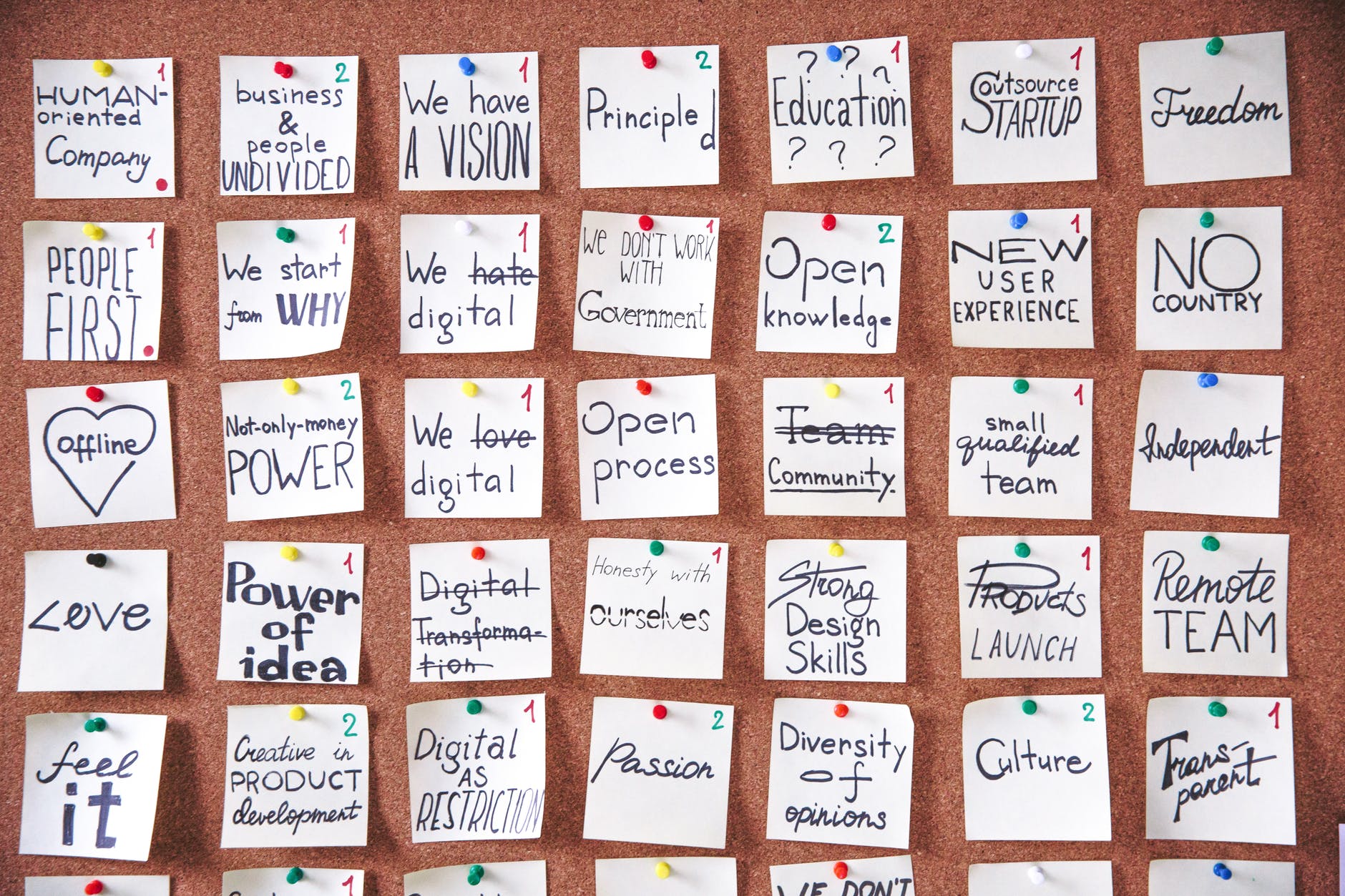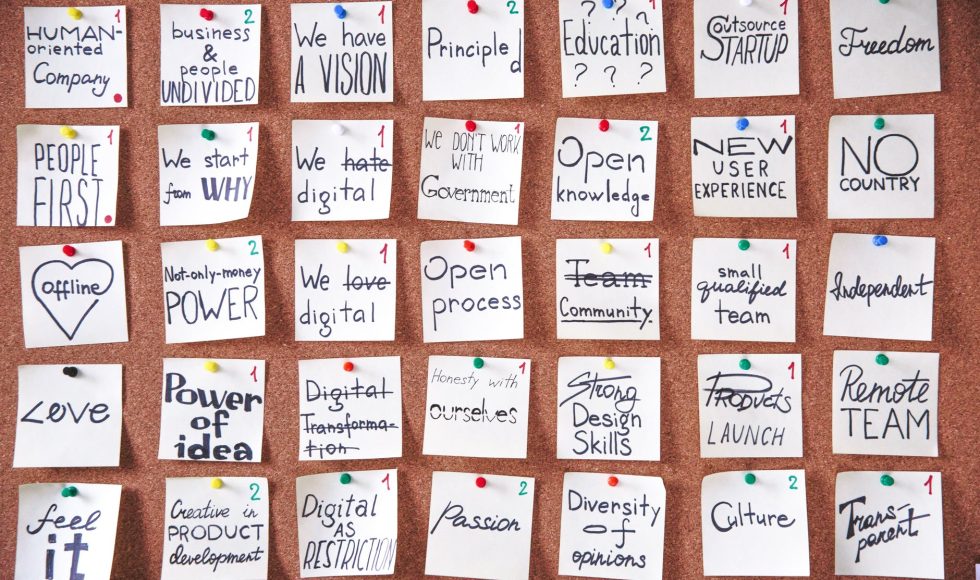Kathryn Smith and Todd Zakrajsek from ITLC did a session on “Classroom Community Building Strategies: Onsite and Online” on May 5th. Smith showed some cool community building cards that serve as a good reminder to do things. Zakrajsek did mention that the cards are not necessary to create communities. They started with three questions:
- What are some actions faculty can take on the first day of class to get the class off to a good start?
- What are some actions students can take on the first day of class to get the class off to a good start?
- What is your favorite resource regarding the first day of class?
They then put people in breakout rooms to brainstorm and share resources. They also used a Padlet to have groups use a “column” on the Padlet to share ideas. The breakout sessions were only 5-10 minutes long yet long enough for the exchange of ideas. People mentioned being clear about expectations and using different tools to communicate. One response that really resonated with me is giving students the opportunity to share what they want so that you are able to help them work in an environment that is best for them. They shared a couple of ways to gather information from students. In another round of questions and breakout rooms, people discussed ways to facilitate discussions. One phrase that I loved was “get out of the way!” and let students discuss. Hmm! I wonder how often I get in the way? Zakrajsek asked a wonderful question: what can students do to be a good participant in the conversation? A question asked by an audience member related to dealing with someone who doesn’t stop talking. Cathi mentioned using a timer. Someone else mentioned said use “lean in and lean out” principle with students and describe why this is important. Another great one mentioned was the three by three rule: you have three minutes to contribute and then… wait for three minutes or contribute only three times in one session. Zakrajsek talked about how he worked with a student who would always speak up by talking to them and convincing them that they can help their classmates learn by letting them respond and then contribute when called on. Another audience member spoke about the difficulty of getting people to contribute, and Smith mentioned the importance of a “back channel” for communication such as a chat. I saw it today: having the chat was a great way for letting others share and feel part of the community without unmuting and speaking up in Zoom. I want to keep on using a back channel even when teaching in person. Zakrajsek mentioned a faculty member who asked students to write a one sentence email responding to: “If I had had the chance to say one thing, I would have said…” and email this after class. The rationale was they could share their thoughts without speaking up, and he could then address their thoughts in the next session. This is brilliant: it could be a low-stakes (yes/no, for example) or “do 5-10 over the semester” assignment. Zakrajsek and Smith talked about the cards: they have quotes as well as intriguing educational ideas.
On May 12th, Todd Zakrajsek did another session of “Game Changing Teaching Tips: Instilling a Growth Mindset.” Zakrajsek reviewed Carol Dweck’s book and research. The concept of fixed mindset is one who believes that intelligence is fixed, avoids risks, and sees feedback as critical of behaviors. A growth mindset or growth minded individuals is intelligence increases incrementally with work, accepting challenge, and sees feedback as a way to improve. Zakrajsek clarified that we can have growth mindsets for one behavior and fixed mindsets for others. I appreciate how Zakrajsek carefully used “mindedness” and “growth minded” to refer to the gradient of levels of fixed and growth. I have listened to Dweck’s book (book #1 of my pandemic/lockdown streak… now on book 62!). I have read some mindset and locus of control studies and appreciate the impact they have on students’ learning. However, I have also read some of Susan Blum’s work and HybridPedagogy posts that warn us of how it is no all within the control of an individual and remind us of systemic barriers we are yet to overcome (and must acknowledge!). I want to keep this in mind as I ask of my students to “take control” of their learning. A comment by an audience member pointed out that we should not only talk about students being growth minded or have fixed mindsets: instructors have mindsets too! The prompt Zakrajsek used for breakout rooms was: “what strategies can we use to instill growth mindedness in our students?” and they had ~10 minutes to work on in groups. The groups then shared ideas and populated a Padlet board with dozens of great strategies. These included explaining mindset to students, sharing data with learners, using encouraging phrasing/wording, and many others. It was good to see the variety of strategies people use to encourage growth of students AND gain insight by learning about their goals and needs.



